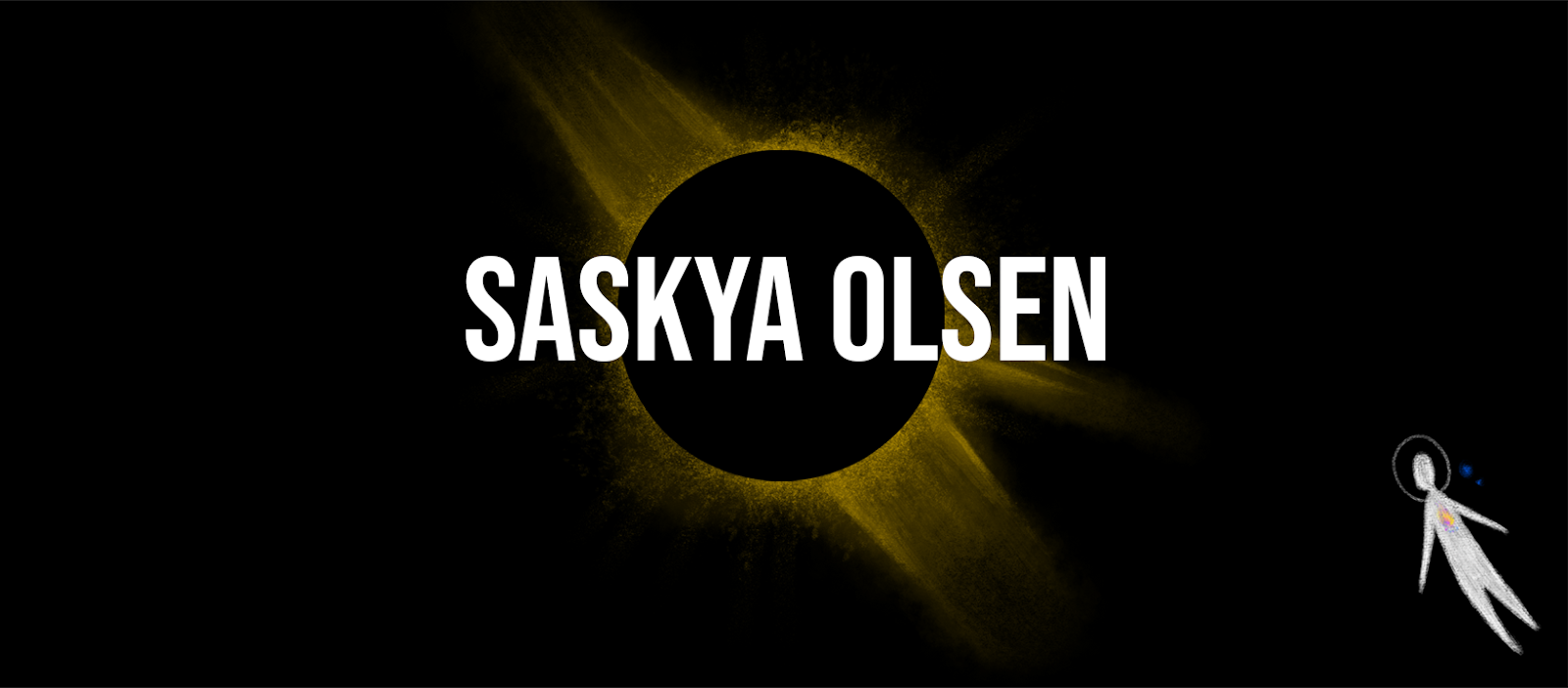Time and Storytelling
This session focused on linear and non-linear storytelling, exploring their differences and ways in which we can identify them in film. Neither linear or non-linear have concrete definitions, but can be explained as:
Linear Storytelling: No time displacement. A forward moving structure. W don't leave the main characters for very ling. Consistent reality.
Non-Linear storytelling: The opposite to linear; a structure that jumps through time to tell a story. Flashbacks and flash-forwards.
 |
| Above, a mind map showing examples of retrospective films that jump through time. These films would be classed as non-linear. |
 |
Non linear films can be identified by its timing an editing, breaking the fourth wall and/or using plot twists. These are explored on the image above.
|
 |
| Above, more identifiable traits of non-linear storytelling. We also explore non Linear links to postmodernism through its 'rejection of the form'. |
Character and Storytelling
In this session, the focus surrounded characters within storytelling. Creating effective characters involves the personification of qualities and traits, usually referenced from real people as inspiration. The notes below explore characters and their complex interior and exterior traits.
 |
| Genericism is something to be avoided, cookie-cutter characters are boring and shallow. |
 |
In successful films, the main character will often go through a core change. Broken down, a character should change and progress slightly in every scene of a narrative.
|






Comments